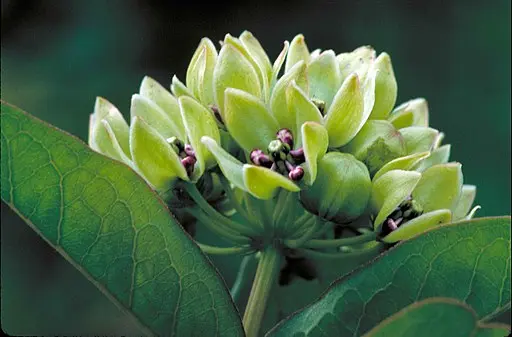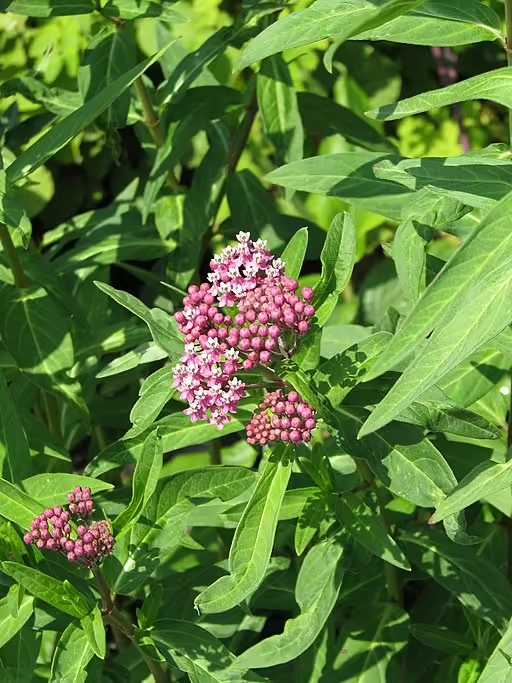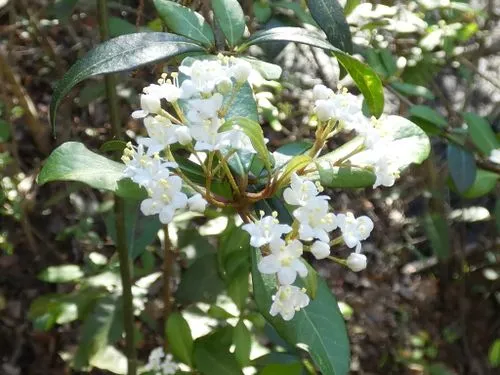Table of Contents for Appalachian Rosinweed (Silphium wasiotense)
Appalachian Rosinweed (Silphium wasiotense) is a herbaceous perennial that is native and rare in the states of Kentucky and Tennessee in the United States. This plant is a host to a species of moth and is an important nectar source for other insects. Growing from 2 to 5 feet tall, this species grows in open areas such as forest openings and roadsides. The light yellow flowers bloom from July to September and the plant is hardy in zones 6-7.
Taxonomy and Naming of Appalachian Rosinweed (Silphium wasiotense)

Taxonomy
Appalachian Rosinweed (Silphium wasiotense) was named and described by Max Medley, an American botanist, in 1989. It still has the same name and is a member of the Aster Family (Asteraceae).
Meaning of the Scientific and Common Names
Scientific Name
The genus name, Silphium, is derived from a Greek word that originated from a resin-bearing plant (Missouri Botanical Garden). The species name, wasiotense, is Latin for a Native American name, Wasioto, for the region of the Appalachians where this plant is located (Medley 1989).
Common Name and Alternative Names
The common name comes from the Appalachian Mountains, of which this species is restricted to.
Physical Description

- Plant Type: This plant is a herbaceous perennial.
- Height: 2 to 5 feet tall
- Stem: The stems are erect, terete, and hispid.
- Leaves: The cauline leaves are generally opposite, petiolate to sessile, lanceolate to ovate, and have entire to dentate margins (Flora of North America and kentucky.gov). The leaves are 0.4 to 12 inches long and 0.6 to 8 inches wide and are reduced upwards (Medley 1989).
- Flower color: yellow
- Blooming period: This plant blooms from July to September.
- Fruiting type and period: This plant has achenes that mature in the late fall and winter.
Range of Appalachian Rosinweed in the United States and Canada

This species is native are rare in the states of Kentucky and Tennessee in the United States.
Habitat
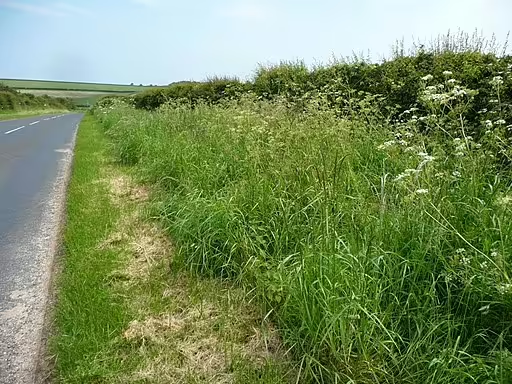
This species grows in forest openings and roadsides.
Hosted Insects

The members of the Silphium genus are hosts to the silphius borer moth (Papaipema silphii).
Other Supported Wildlife
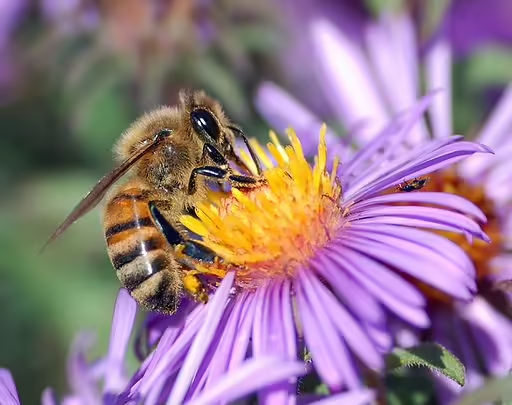
This species is an important nectar source to other butterflies, skippers, bees, and wasps.
Frequently Asked Questions
Does this plant have any ethnobotanical uses?
The Native American Ethobotanical Database does not list this species specifically, but other members of the genus have been used for pharmaceuticals and food.
How is this plant distinguished from other Rosinweeds (Silphium spp.)?
This species is similar to Cumberland Rosinweed (Silphium brachiatum), which has glabrous stems, but the hispid stems and broad ovate leaves of Appalachian Rosinweed separate it (Medley 1989 and Weakley, et al 2022). The sunflower yellow flowers separate it from Mohr’s Rosinweed (Silphium mohriii), which has pale yellow flowers (Medley 1989).
Is this plant invasive?
This plant has been noted as being invasive in the literature.
Gardening with Appalachian Rosinweed

Hardiness
This species is hardy in zones 6-7. If your garden is within these zones and you have the right growing conditions (soil, moisture and exposure), you may well be able to grow this plant. However, if planted outside of its range, the hosted species may not recognize the plant or be harmed by ingesting a different species with an unfamiliar chemical composition.
Optimal Conditions
This species grows in full sun to part-shade and prefers medium to dry well-drained soil that is likely circumneutral. This species is rare throughout its range and is likely not in the horticultural trade.
References
- Medley, Max. 1989. Silphium wasiotensis (Asteraceae), A new species from the Appalachian Plateaus in Eastern Kentucky. Sida 13: 285-291.
- Weakley, A.S. and Southeastern Flora Team 2022. Flora of the southeastern United States. University of North Carolina Herbarium, North Carolina Botanical Garden.
